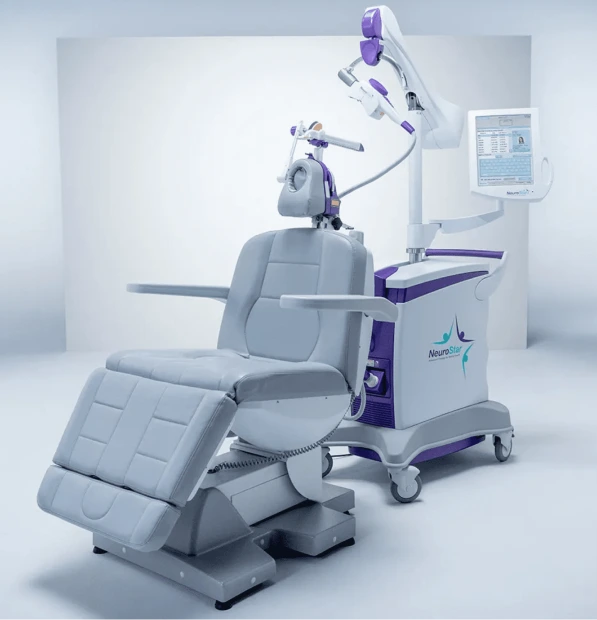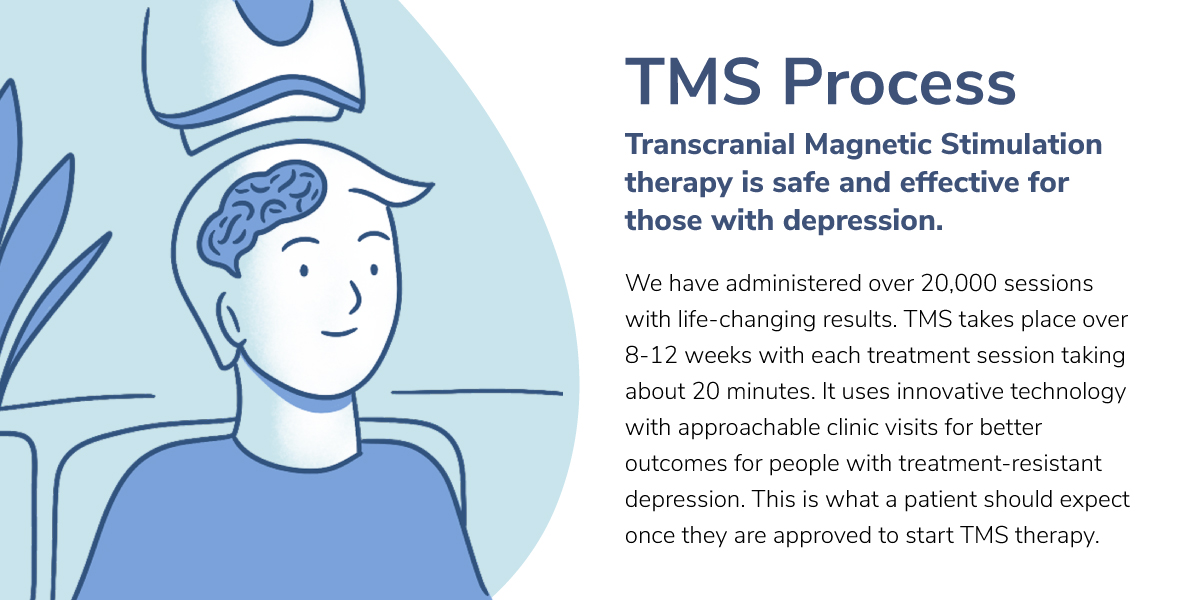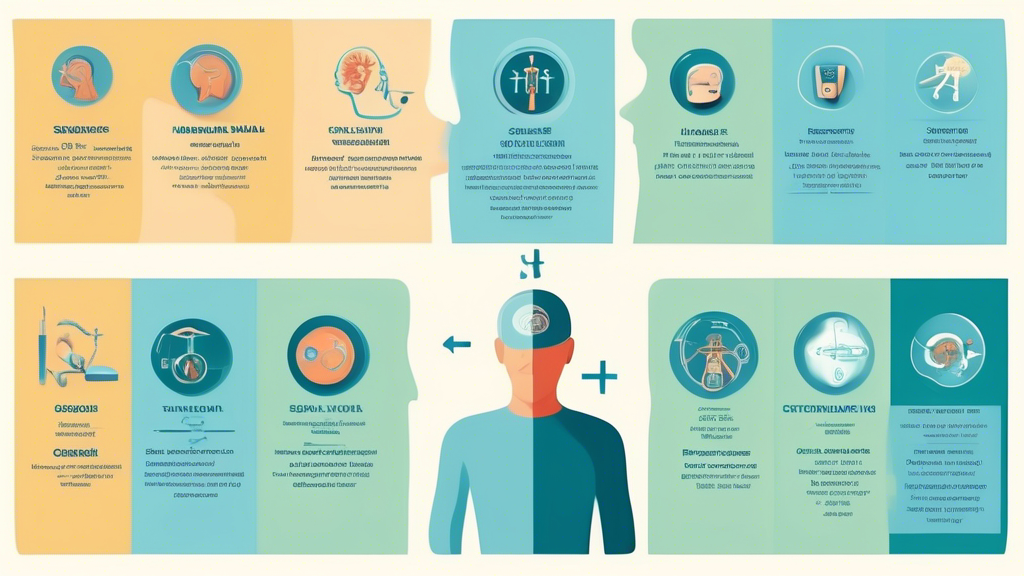Non Invasive Neurostimulation Cost: Full Therapy Cost Breakdown
In the evolving world of brain wellness and sleep technology, non-invasive neurostimulation therapies are emerging as game-changers. From treating treatment-resistant depression to helping with migraines, anxiety, and chronic pain, these high-tech devices promise results without drugs or invasive procedures.
At NeuroTechInsider.com, we test and review the best of these solutions—from Transcranial Magnetic Stimulation (TMS) clinics to at-home wearables like Apollo Neuro and NeuroVIZR. But one question we get asked constantly:
“How much does non-invasive neurostimulation actually cost?”
That’s what this guide breaks down—therapy by therapy, cost by cost, insurance to out-of-pocket. Let’s dive in.
What Is Non-Invasive Neurostimulation?
Simply put, non-invasive neurostimulation refers to technologies that stimulate specific regions of your brain or nervous system using external devices—without the need for surgery, implants, or anesthesia. These therapies are used to:
- Relieve depression, anxiety, PTSD
- Reduce chronic pain or migraines
- Enhance sleep, focus, and relaxation
Popular categories include:
- TMS (Transcranial Magnetic Stimulation)
- tDCS (Transcranial Direct Current Stimulation)
- nVNS (Non-Invasive Vagus Nerve Stimulation)
- Consumer-grade neuro-wearables like NeuroVIZR or Sensate

TMS Therapy Cost Breakdown
Transcranial Magnetic Stimulation (TMS) is one of the most widely researched brain therapies for mood and neurological disorders. It uses electromagnetic fields to stimulate specific areas of the brain—especially the prefrontal cortex involved in mood regulation.
How Much Does TMS Cost?
Prices can vary depending on clinic, provider, and number of sessions:
- Per session: $300–$500
- Full treatment course: $6,000–$15,000 (20–36 sessions typical)

Insurance Coverage
The good news? Most U.S. insurance providers now cover TMS for treatment-resistant depression. According to Blue Cross Blue Shield, if you’ve failed to respond to two or more antidepressants, you’re often eligible for reimbursement.
However, always call your insurance provider first.
What’s Included in the Cost?
Expect your quote to include:
- Initial psychiatric evaluation
- Daily 20-minute sessions (over 4–6 weeks)
- Post-treatment evaluation and progress monitoring

Tip: Some clinics offer payment plans or bundle pricing.
⚡ tDCS: Budget-Friendly Brain Stimulation
Transcranial Direct Current Stimulation (tDCS) is a lower-cost alternative to TMS that uses gentle electrical currents applied via electrodes on the scalp. While often used in research, it’s gaining traction in clinical and home settings.
Cost of tDCS Devices and Sessions
- Basic tDCS device (home-use): $100–$500
- Research-grade systems: Up to $3,000
- Clinic sessions: $30–$170 per session
Cost Over Time
If you’re doing regular sessions—say, weekly maintenance—the annual cost of tDCS can climb to:
- $1,600–$11,740/year depending on usage
Insurance Reimbursement
Unlike TMS, **tDCS is rarely covered by insurance**, as it’s still considered experimental in many healthcare systems.
Pro tip: If you’re using tDCS for DIY biohacking or sleep optimization, start with a basic home kit and consult with a neurologist before extended use.
We’ve tested leading tDCS devices on our reviews hub and compared how they stack up in safety, usability, and ROI.
️ Coming Up: The Real Cost of Vagus Nerve Stimulation
In Part 2 of this article, we’ll cover:
- Vagus nerve stimulators (nVNS) like gammaCore
- How their subscription-based pricing compares to TMS or tDCS
- Which insurance plans offer full or partial coverage
Stay tuned! Or jump ahead to our full TMS vs tDCS vs nVNS cost comparison.
Non-Invasive Vagus Nerve Stimulation (nVNS): Cost and Access
nVNS devices like gammaCore are gaining traction for people managing cluster headaches, anxiety, epilepsy, and even inflammatory disorders. These devices stimulate the vagus nerve externally, usually by placing the stimulator on the side of your neck or chest for a few minutes per session.
How Much Does nVNS Cost?
The pricing model here is a bit different—it’s more subscription-based than one-time purchase:
- Device startup cost: ~$400 (may vary by model)
- Monthly use (e.g., gammaCore): ~$575/month
- Annual estimate: $9,678–$10,010
That’s a significant investment, especially compared to one-off tDCS devices. But for people with severe migraines or treatment-resistant symptoms, the benefit can far outweigh the price.
Is It Covered by Insurance?
Coverage is hit or miss. Some insurers approve nVNS for specific conditions like cluster headaches, while others classify it as “investigational.”
Check with your provider, or consult manufacturer reimbursement support programs like gammaCore’s Access Pathways page.
Tip: Some companies offer discounts for military veterans or through neurologist referrals. Always ask.
TMS vs tDCS vs nVNS: Cost Comparison Chart
| Therapy Type | Per Session | Full Treatment | Device Cost | Insurance Coverage |
|---|---|---|---|---|
| TMS | $300–$500 | $6,000–$15,000 | N/A | Often (Depression) |
| tDCS | $30–$170 | ~$1,677 (10 sessions) | $100–$3,000+ | Rarely |
| nVNS | N/A | $9,678–$10,010/year | $400–$575 | Variable |
Hidden Costs You Shouldn’t Ignore
It’s easy to focus on sticker prices—but true cost includes:
- Follow-up visits and neurologist consults
- Electrode or coil replacements (especially for tDCS or CES devices)
- Battery packs, software subscriptions, mobile app support
- Shipping and import fees (for international orders)
And don’t forget about **time commitment**—some therapies require daily or weekly sessions for months.
Is It Worth the Investment?
Here’s where things get personal. Based on data and our experience at NeuroTechInsider.com, here’s what we’ve seen:
- TMS: Best for long-term mood disorders if covered by insurance
- tDCS: Great entry-level solution for cognitive optimization or mild depression
- nVNS: Valuable for targeted chronic conditions like cluster headaches and epilepsy, if you can handle the recurring cost
Bottom line? The best neurostimulation tool is the one you’ll consistently use, that aligns with your symptoms and financial situation.
How to Reduce Out-of-Pocket Costs
Want to save while still getting premium treatment? Try these:
- Check if your condition qualifies for insurance reimbursement (especially for TMS or gammaCore)
- Look for clinical trials offering free device access
- Use FDA-registered home-use devices with good safety protocols
- Ask about telehealth programs—some offer virtual guidance and discounts
Final Thoughts: Making the Smart Neuro Choice
As neuro-enhancement becomes mainstream, non-invasive neurostimulation devices are no longer just for hospitals or elite biohackers. But the key is transparency: Know your costs, understand the science, and stay skeptical of devices that promise miracle cures without evidence.
At NeuroTechInsider.com, we compare everything—from price and protocols to long-term outcomes. Whether you’re hunting for better sleep, stress relief, or ADHD focus, we’ve got the side-by-side reviews and deep science to back you up.
Have questions about which device is right for you? Drop us a line or join the conversation on our NeuroCommunity Forum.
♀️ FAQ: Non-Invasive Neurostimulation Cost
How many TMS sessions do I need?
Most patients undergo 20–36 sessions, typically over 4–6 weeks. Some may require maintenance sessions after the initial phase.
Can I buy a TMS machine for home use?
No, TMS devices are FDA-cleared for clinical use only and must be administered by trained professionals.
Are tDCS and CES devices safe for unsupervised home use?
Generally yes, if bought from reputable brands and used with caution. Always consult a clinician before starting any neuromodulation regimen.
Is there financing for these devices?
Some companies offer financing or installment plans—especially for higher-cost options like TMS or nVNS subscriptions.
Do any devices offer a free trial?
Yes! Some tDCS vendors and wellness startups offer 30-day money-back trials. Check our Discount & Trial Offers page for the latest.
Ready to take the next step? Compare top-rated brain devices on our curated Buyer’s Guide or read real user stories in our Reviews section. Let science—not hype—lead your brain health journey.

